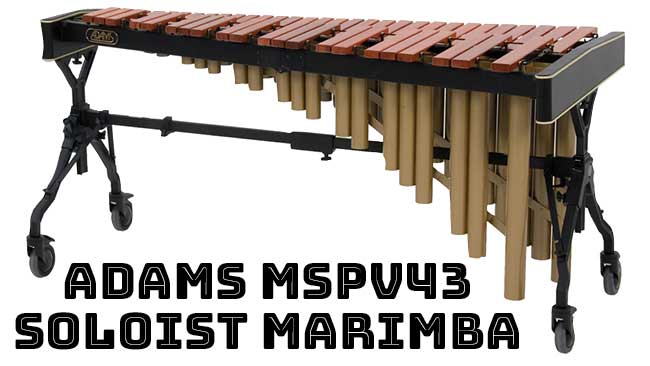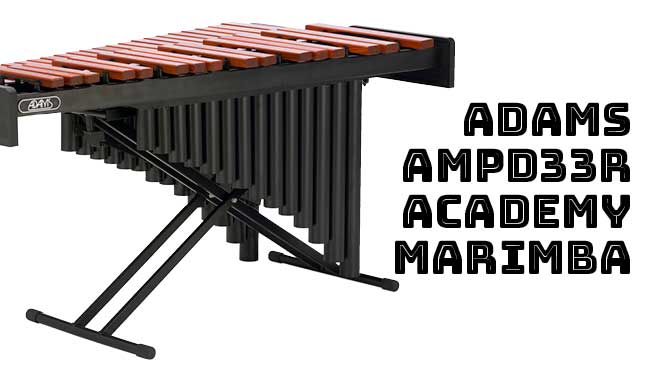2021 Indiana Percussion Association Clinic Day Information

WHAT: 2021 Indiana Percussion Association Clinic Day and I&E Competition
WHEN: Saturday, December 7th, 9am-5pm (on-site registration begins at 8am)
WHERE: Plainfield Community Middle School
HOW TO REGISTER:
For Individuals or group pay by CC:
Tickets are $15 in advanced or $20 at the door
To buy your ticket, please CLICK HERE.
For schools paying with school check:
For school groups, please send an email to BROOKE at admin@indianapercussion.org with the following information. You will be sent an invoice for school check payment. *School name, Number of tickets requested
DETAILS: Come listen, watch and learn from amazing percussion educators at the IPA Clinic Day! Participants will visit multiple clinics throughout the day, hearing from some of the best performing artists and educators on all areas of percussion. Clinic sessions run from 9am-5pm with a lunch break. Lunch will be available for purchase at Plainfield Middle School or students may provide their own.
I/E COMPETITION:
http://www.indianapercussion.org/?q=content/ie-competition
Individual and Ensemble Competition will be held during the day. The categories are: Snare Drum, Tenors, Keyboard, Timpani, and Percussion Ensemble. The entrance fee for a solo is $12. The fee for an ensemble is $8 per member. Find more information here: http://www.indianapercussion.org/?q=content/ie-competition
Don’t miss this great opportunity to get your 2021-2022 indoor season off to a great start!





